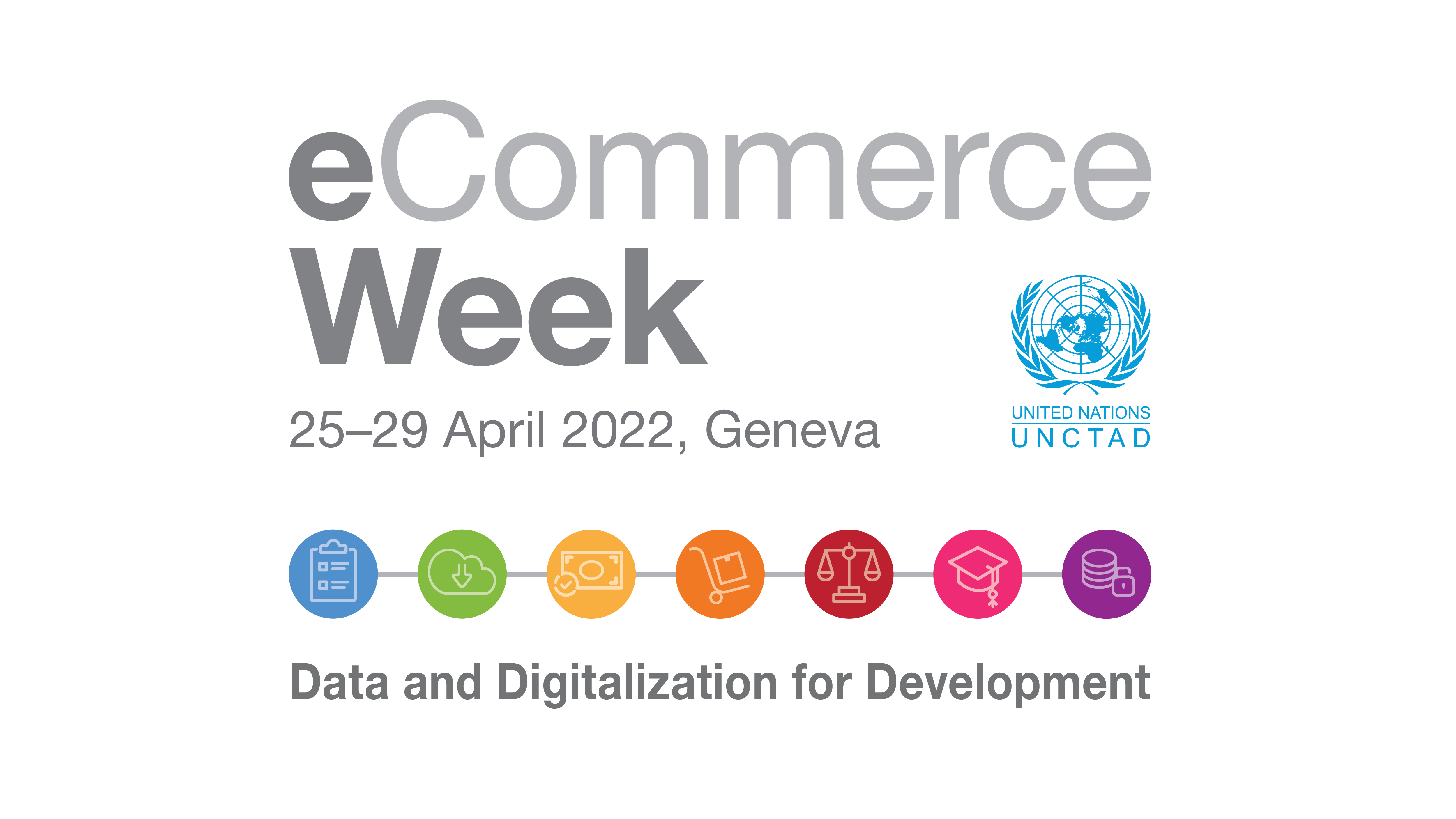Meaningful access to advance digital societies
29 Apr 2022 15:00h - 16:00h
Event report
As far as digital societies have expanded, there remains a huge proportion of the population incapable of connecting meaningfully to the internet. Panelists discussed global strategies on assessing and measuring connectivity and the associated challenges in local contexts.
Despite the widespread usage of digital technologies, research has shown that there continues to be a striking imbalance of connectivity and access between urban and the rural areas, which is even greater in least-developed countries (LDCs). Ms Sonia Jorge (Executive Director, Alliance for Affordable Internet (A4AI) – Web Foundation) and Ms Yu Ping Chan (Senior Programme Officer, Office of the Secretary-General’s Envoy on Technology (OSET)) both stressed the importance of bringing forth meaningful and universal connectivity for more equitable access. Jorge claimed that digital societies could only flourish if everyone can benefit from digital services, products, and opportunities. Citing A4AI’s new report, Jorge showed that worldwide, only 1 in 7 people in urban areas and 1 in 20 people in rural areas have meaningful connectivity. This urban-rural gap is even starker in LDCs, whose population account for one fourth of the world population yet only 5% of the internet-connected population. Jorge urged for using meaningful connectivity – defined by 4G equivalent coverage, appropriate devices, unlimited broadband access, and reliability of daily use – as a framework to guide the future of broadband regulations. Echoing Jorge’s call, Chan highlighted OSET’s consistent work on elaborating concrete actionable outcomes, including publishing a digital cooperation roadmap and setting targets for 2030 on universal meaningful connectivity. Chan encouraged an adequate understanding of these concepts to further link the relevant sustainable development goals (SDGs) with connectivity and turn them into calls for action. The fostering of partnerships with the civil society, policymakers, and private sector leaders is paramount.
Ms Sylvia Cadena (Head of Programs and Partnerships, APNIC Foundation) and Ms Jane Munga (Fellow, Think Tank) both demonstrated that local contexts matter, the former explaining the case of the Asia Pacific region and the latter discussing the African continent. The APNIC Foundation works to introduce a global, open, stable, and secure internet that is affordable and accessible to the entire Asia Pacific region Its programmes focus on network infrastructure, inclusion, and knowledge, which all have distinct challenges. On network infrastructure, APNIC’s partners are facing technical obstacles in speedy and reliable deployment, effective operation, and growth and scaling opportunities. In terms of inclusion, APNIC is working on sustainable business models and increasing training and device usage. The knowledge side has witnessed a growing demand for applied training as well as skill and confidence building. Cadena identified building local technical capacity, encouraging local ownership, and facilitating multistakeholder dialogues as successful areas. Munga shared her expertise in African countries’ progress. Although policymakers are picking up on the trend, Munga underlined a need to comprehend what it means to be fully connected. During the COVID-19 pandemic, her community experienced shutdowns and people switched to online activities. Previous measurements of connectivity suggest that residents enjoyed digital services. However, a closer look would expose the quality, reliability, and availability of digital connections. This personal anecdote inspired Munga to conceptualise a ‘usage gap’ beyond broadband connectivity. Instead of aggregating how many users are connected to digital services, Munga examined how users are connected (mobile devices or others), how users are using the internet, and what is the relationship between socio-economic factors (affordability, skills, content, and technical expertise) and individual usage. She called for more disaggregated data to scrutinise the broad range of issues stemming from this gap.
Connecting these dots, Ms Marielza Couto e Silva De Oliveira (Director for Partnerships and Operational Programme Monitoring, UNESCO) turned to conceptualise the connectivity issue using the human rights framework. Not only does the Human Rights Council recognise access to the internet as a human right, but it also declares that the same rights that people have offline must be protected online as well. Linking the International Covenant on Civil and Political Rights to this discussion, Couto e Silva De Oliveira looked at human rights issues that come with connection. For example, the billion persons with disabilities in the world might not be able to access internet content easily. The world’s 370 million indigenous people might be cut off from creating and consuming content due to language barriers. From a survey, 73% of female journalists replied that they have been harassed online, and sometimes these harassments transform into real life abuses. To help establish a better human-rights-centred internet, UNESCO has designed a ROAM-X framework with more than 300 indicators that assess progress and build evidence.
In the post-pandemic world, policymakers have begun to realise the importance of connectivity. Chan claimed that an accountability framework that tracks progress would cement commitments from multiple stakeholders. Cadena indicated knowledge transfers through putting local people together to build local solutions as core. Finally, Jorge invited everyone’s participation on a policy network that allows idea exchange and concrete implementation.
By Yung-Hsuan Wu
Related topics
Related event

